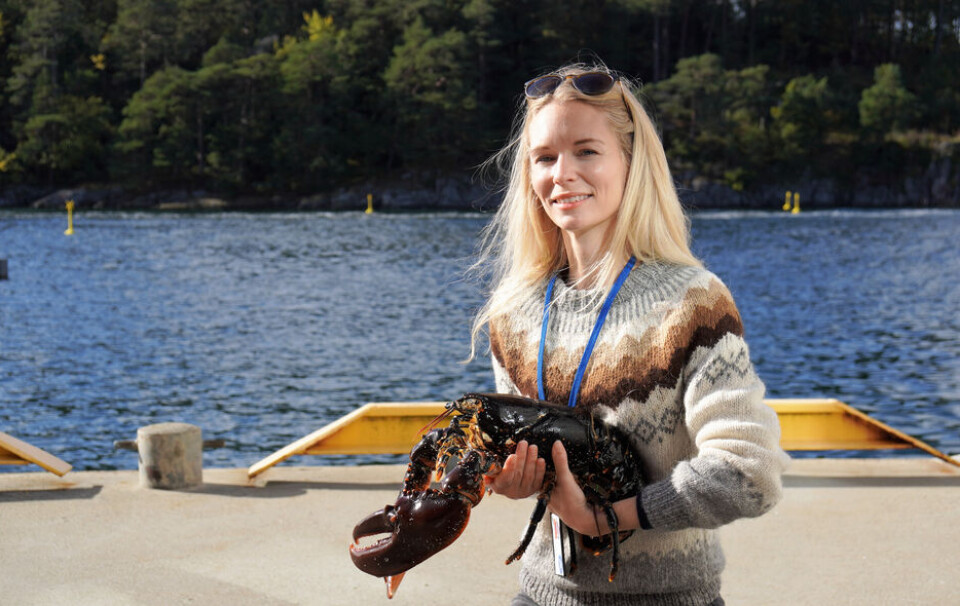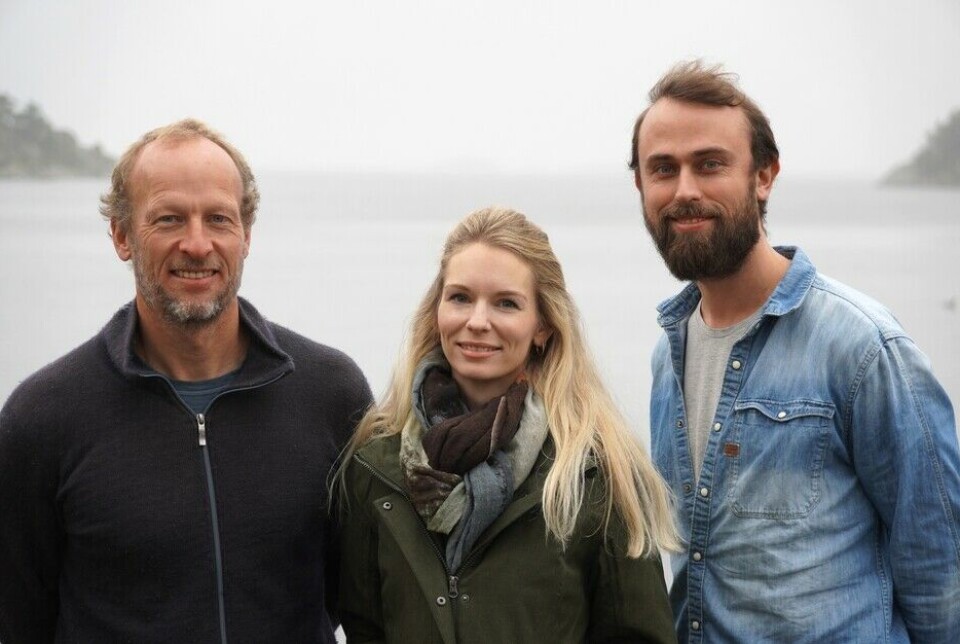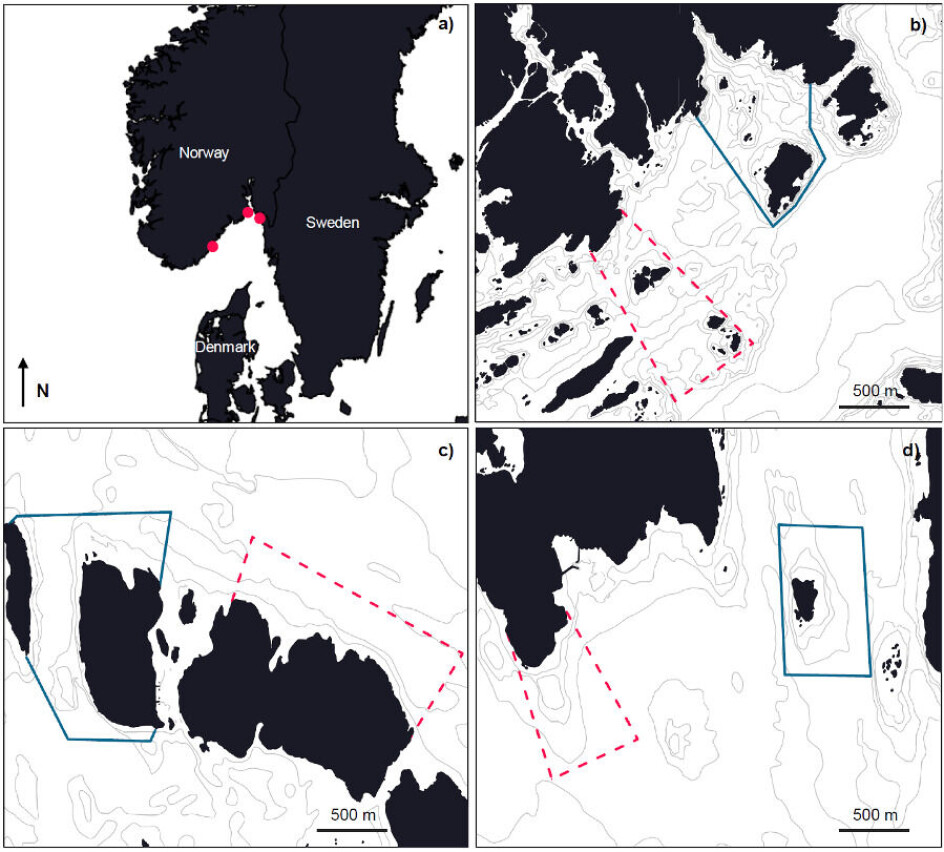THIS ARTICLE/PRESS RELEASE IS PAID FOR AND PRESENTED BY THE University of Agder - read more

Lobsters in reserves grow faster
In the past, it was thought to be the opposite: that more food means lower growth.
“The most likely explanation is that fast-growing lobsters are also the ones that are the hungriest and therefore seek out lobster traps to look for bait. In high-intensity fishing areas, you can therefore be left with lobsters that are more cautious and grow slowly," Tonje Knutsen Sørdalen says.
She is a marine researcher at the University of Agder's Centre for Coastal Research (CCR). She has led the research together with Esben Moland Olsen from CCR and Kim Halvorsen from the Institute of Marine Research (IMR).
Their study has been published in the scientific journal Proceedings of the Royal Society, and has also been mentioned in The Economist and Nature.

Study conducted in three areas produced the same findings
The researchers compared 14 years of lobster data from three different areas along the Skagerrak coast. A total of 2,303 lobsters were caught, tagged and later recaptured.
“We came to the same conclusions in all the three areas, which means we can rule out local variations,” Sørdalen says.
- In the reserve, 77 per cent of female lobsters of 25 cm length will moult next year, compared to 66 per cent in fishing areas.
- Lobsters in reserves grow an average of 9 per cent with each moult.
For males, the results pointed in the same direction, but the effect is far less.
“We’ve previously shown that male lobsters have larger claws relative to body size in protected marine areas. We therefore have a theory that the difference in growth would hold for male lobsters had we looked at weight instead of length,” she says.

Difference not found in lobsters below minimum size
Lobster reserves have proven very effective in increasing local lobster populations. Sørdalen thinks that the protection of fast-growing lobsters may explain why.
“We did not find this difference for lobsters below the minimum size of 25 cm. These are clear signs that selection is taking place due to fishing,” Sørdalen says. “Bold and hungry lobsters are fished out of the population."
An unexpectedly good combination
One idea behind lobster reserves is that they can supply surrounding areas with more lobsters. That is because some individuals are forced to ‘move out’ when it gets crowded.
In 2017, a maximum size of 32 cm for landing lobster in the Skagerrak was introduced. Sørdalen thinks that this regulation in combination with reserves will help increase the populations that live outside these reserves.
“They will be protected. If they grow big inside the reserve, they can move out without fearing the traps because they have surpassed the maximum size. Fast-growing lobsters develop faster and reproduce earlier, and are therefore also great for breeding,” Sørdalen says.
Reference:
Sørdalen et al. Protection from fishing improves body growth of an exploited species. Proceedings of the Royal Society Biological Sciences, 2022. DOI: 10.1098/rspb.2022.1718

This article/press release is paid for and presented by the University of Agder
This content is created by the University of Agder's communication staff, who use this platform to communicate science and share results from research with the public. The University of Agder is one of more than 80 owners of ScienceNorway.no. Read more here.
See more content from the University of Agder:
-
This researcher has helped more economics students pass their maths exams
-
There are many cases of fathers and sons both reaching elite level in football. Why is that?
-
How we used plants to protect ourselves from evil
-
What is it like for nurses to promote health behind bars?
-
This can make life easier for new maths teachers
-
Norwegian women were burned at the stake here




































